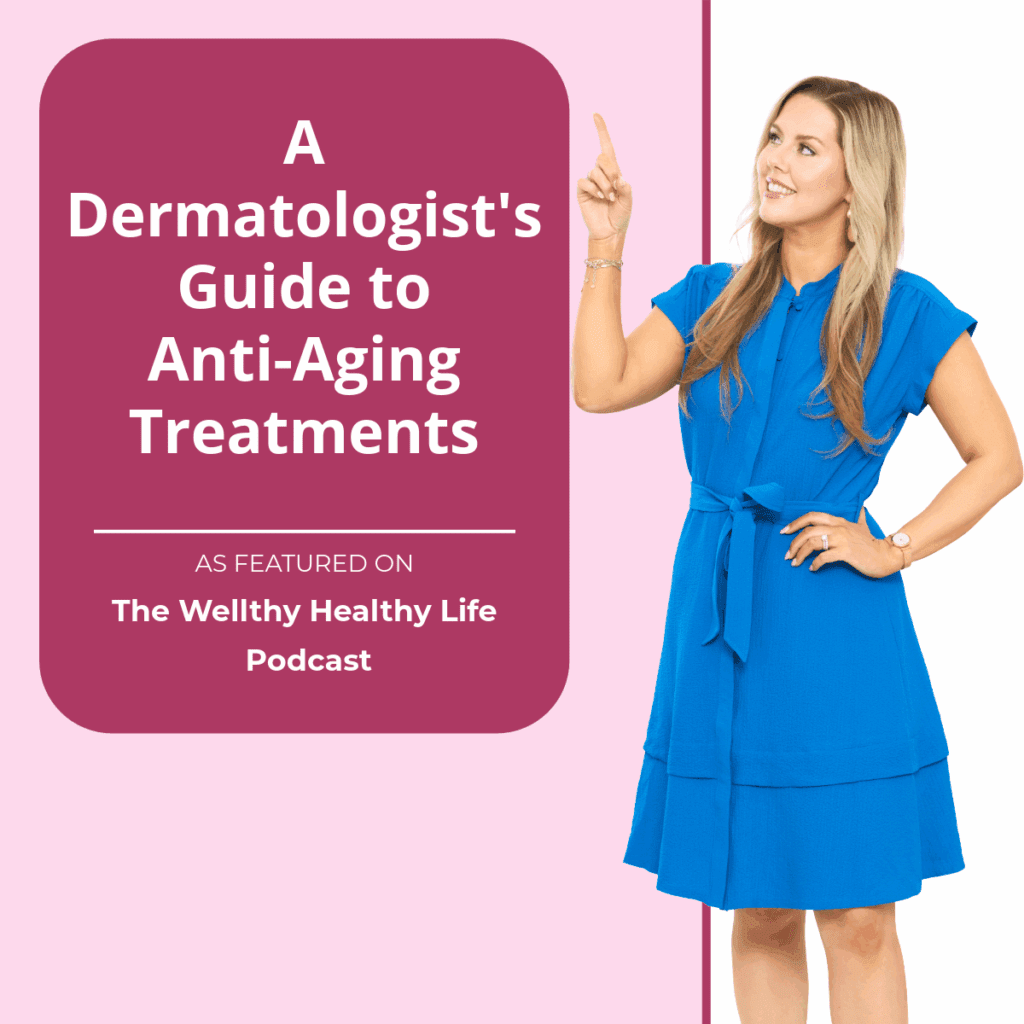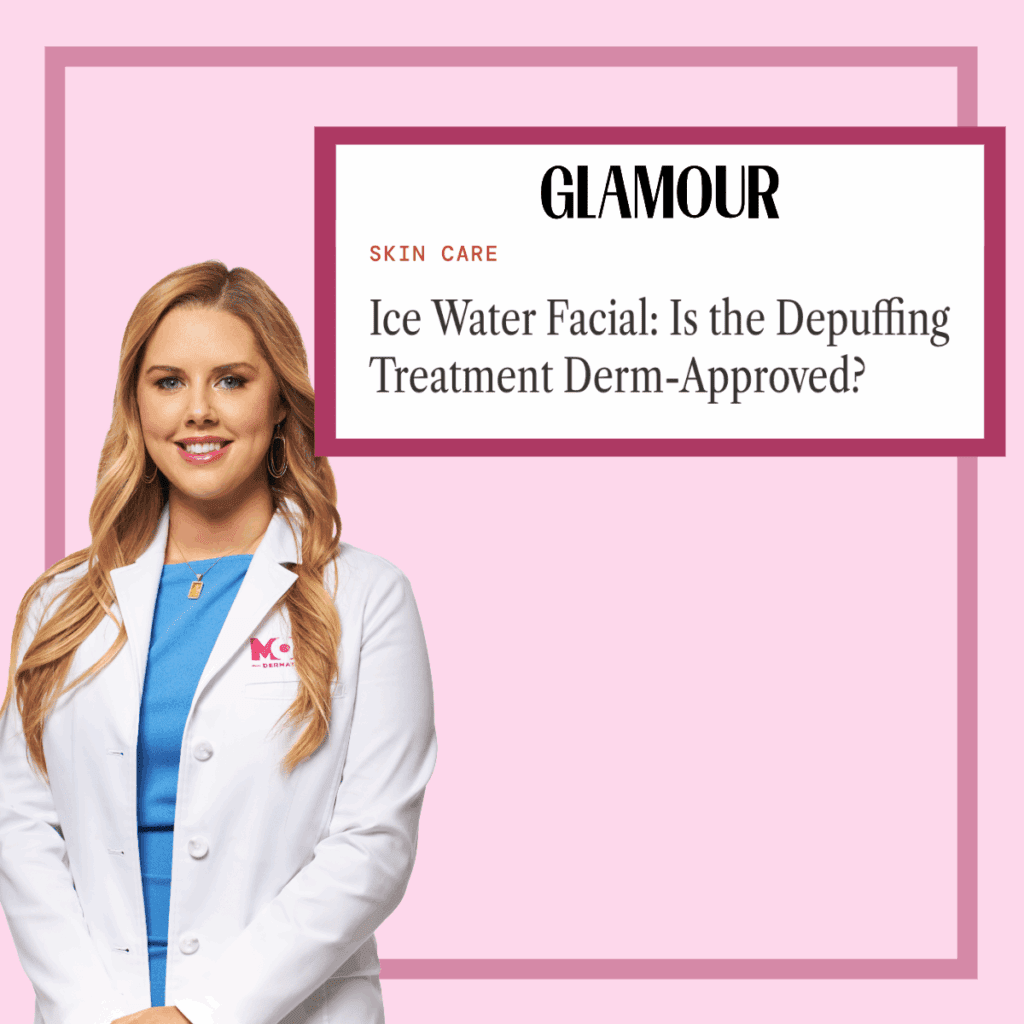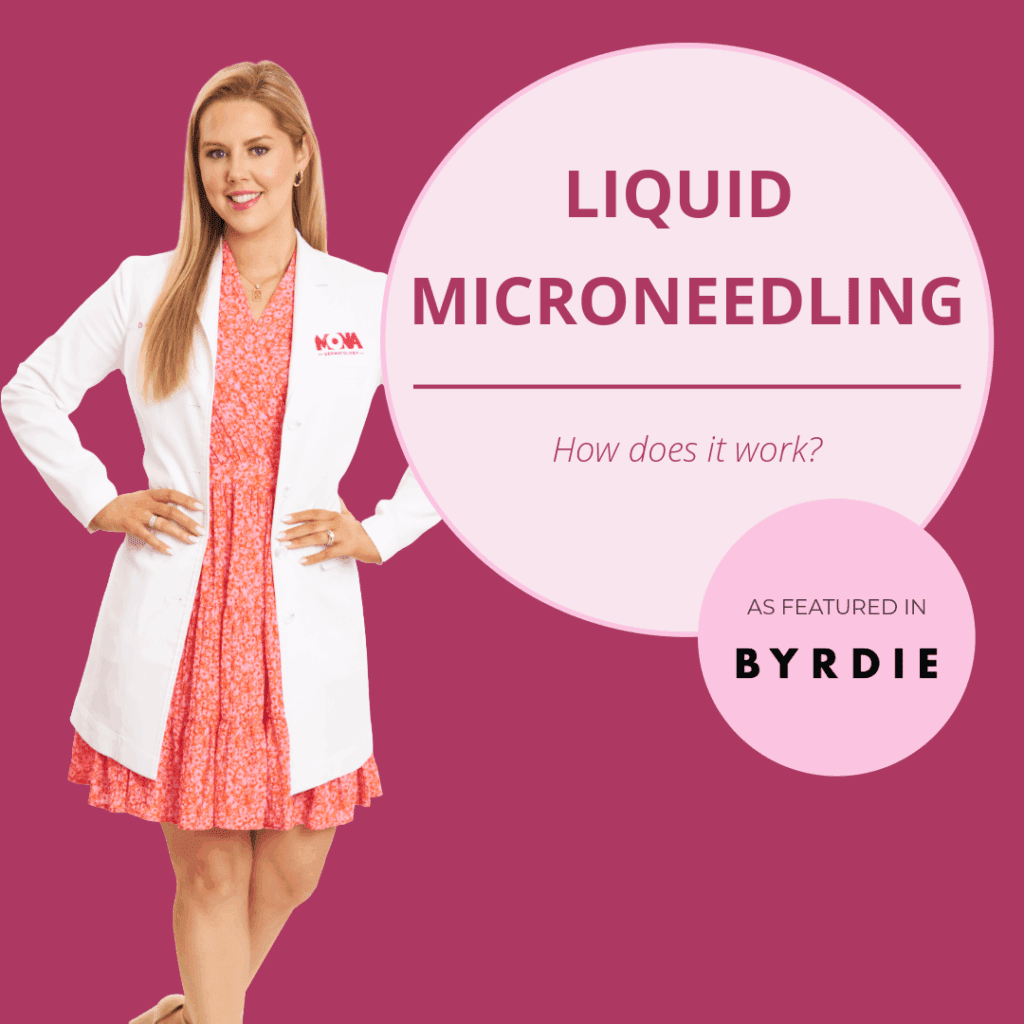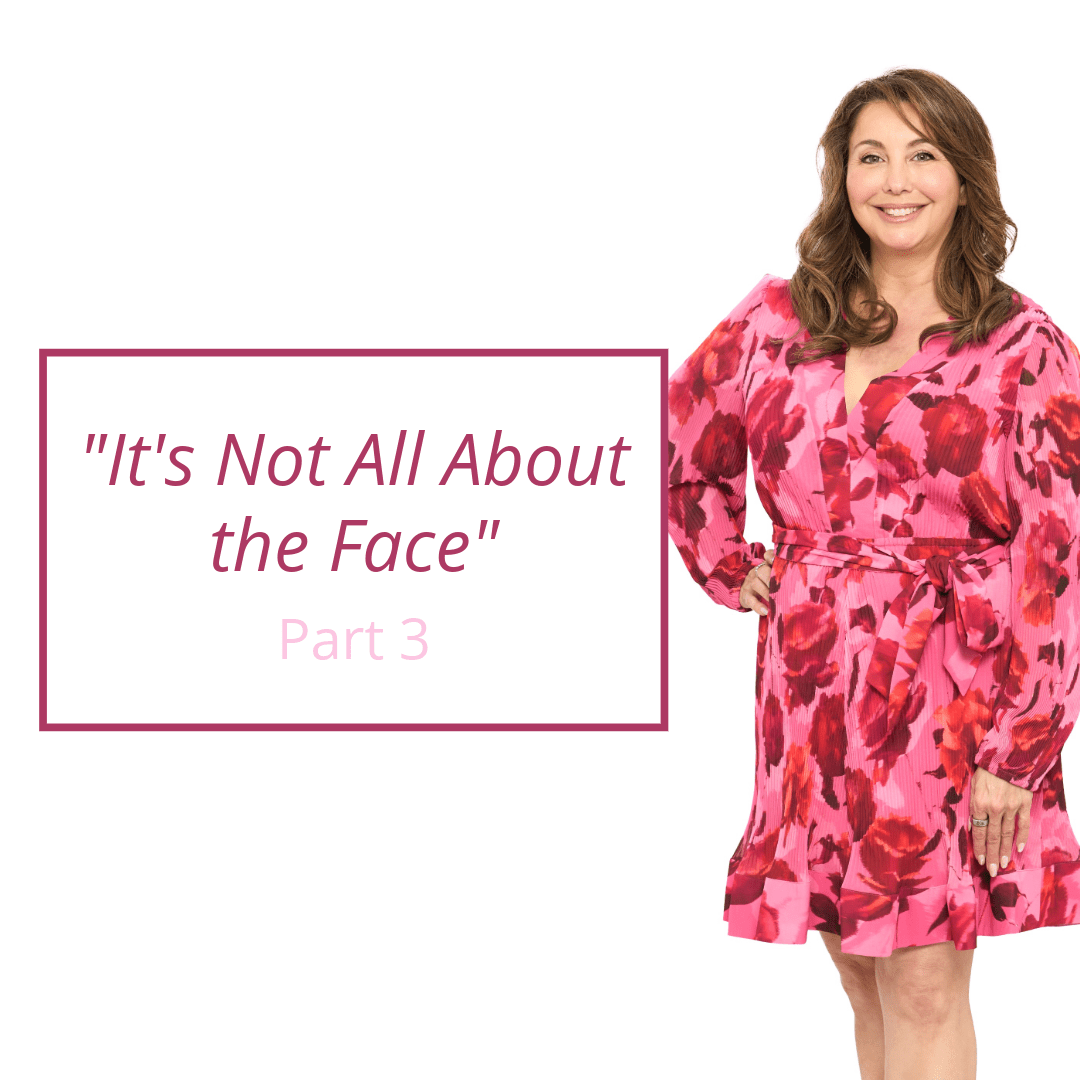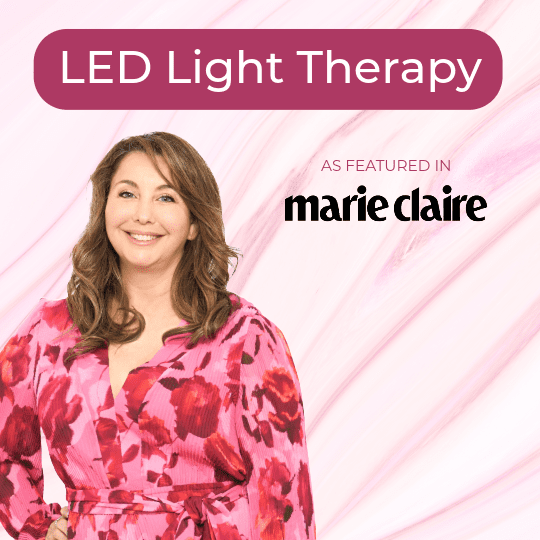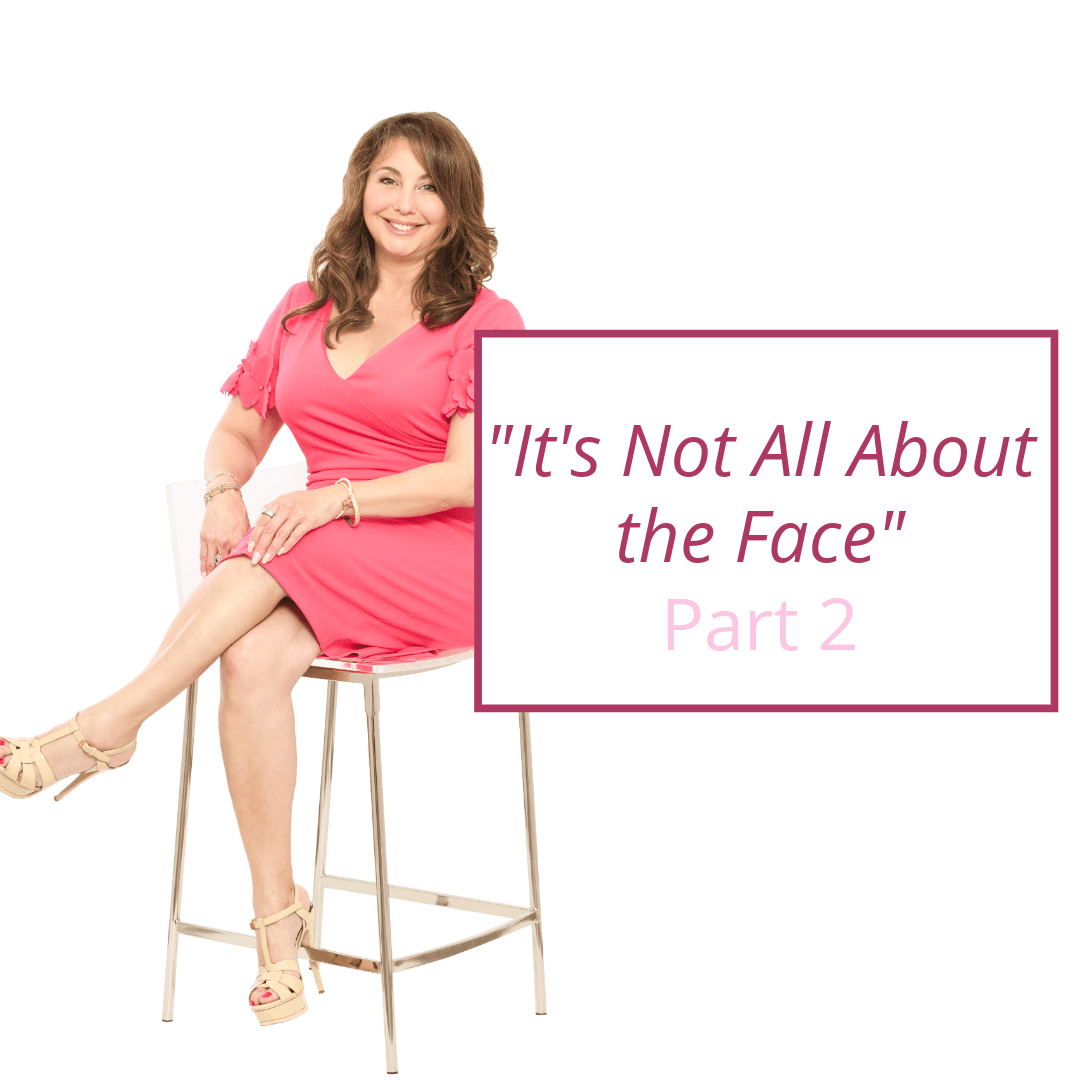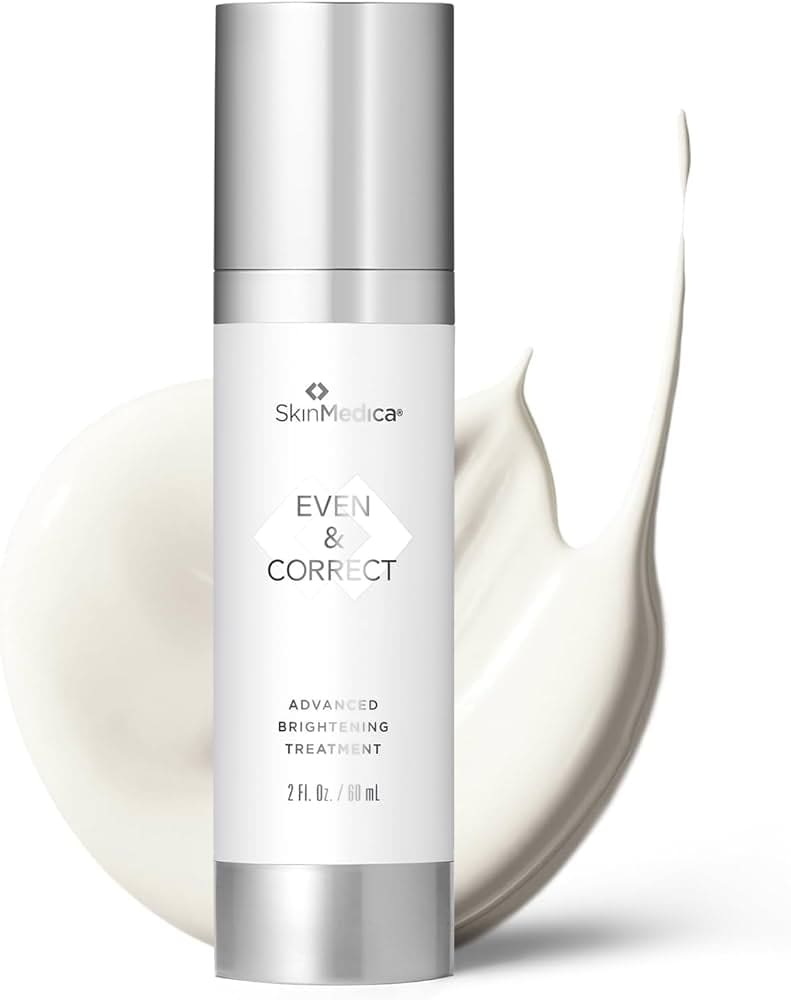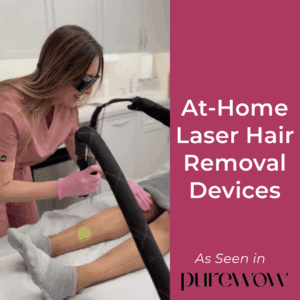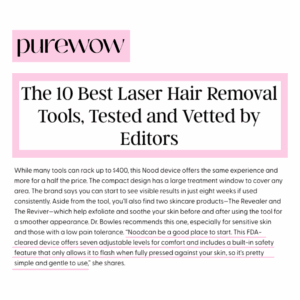A Dermatologist’s Guide to Anti-Aging Treatments
With so many anti-aging options available today, it can be hard to know what really works. In a recent episode of the Wellthy Healthy Life Podcast by Nicole Johnson, our own Dr. Alexandra Bowles shares her expert perspective on treatments that can make the biggest impact, why combination therapy matters, and how patients can start building a long-term plan for healthy, youthful skin. Be sure to check out the full podcast episode!
What are some of the most effective anti-aging treatments?
The treatments I reach for most often are Botox, retinoids, platelet-rich plasma (PRP), and laser resurfacing.
-
Botox softens lines caused by repeated facial movements. By relaxing those muscles, it prevents deeper wrinkles from forming over time.
-
Retinoids are one of the most well-studied topical anti-aging options in dermatology. They improve cell turnover, boost collagen, and help smooth the skin gradually with consistent use.
-
PRP (platelet-rich plasma) is an exciting treatment because it uses your own natural growth factors to stimulate collagen and elastin. This makes it a great option for patients who want something regenerative.
-
Lasers are powerful for resurfacing — they not only smooth fine lines but also brighten skin tone and improve overall texture.
Each of these treatments works in a different way, but when you use them together, the results are much more impactful.
Why is combination therapy so effective?
No single treatment can address all of the changes we see with aging. For example, Botox is incredible for softening expression lines, but it won’t improve sun damage or skin texture. Lasers are excellent for resurfacing, but they don’t restore lost volume. Retinoids are foundational, but they take time and consistency. That’s why I often recommend layering treatments. Using Botox for movement lines, pairing it with a laser to refresh texture, and keeping retinoids in your daily routine creates a more natural, balanced outcome. It’s not about looking “different” — it’s about maintaining healthy, youthful skin over time.
How do lasers fit into anti-aging care?
Lasers are one of my favorite tools because of how versatile they are. They stimulate collagen remodeling, so the benefits continue long after the procedure. With resurfacing, we can smooth fine lines, even out texture, and brighten overall tone. One of the most popular treatments we offer is the BBL (BroadBand Light). Patients love it because it targets discoloration and sun damage while also giving the skin an overall refreshed, even look. It’s a go-to option for many people who want visible results without a lot of downtime. What makes lasers and light treatments so powerful is that patients often see improvement right away, and the results continue to build as new collagen forms. That’s what makes them such an effective long-term investment in skin health.
When should patients start thinking about anti-aging treatments?
It’s never too early to think about prevention. In your 20s, starting with something as simple as a retinoid and daily sunscreen can set the stage for healthier skin later. As you move into your 30s and 40s, I may recommend adding Botox to soften early expression lines or lasers and PRP for texture and collagen support. Everyone ages differently, so it’s really about tailoring treatments to your specific skin, your lifestyle, and your goals.
How can someone get started?
The best first step is a consultation. I work with patients to create personalized plans — whether that means beginning with skincare basics or layering in more advanced treatments. My approach is always about enhancing natural features, not changing them, so results feel subtle, effective, and confidence-boosting.
Get started on your anti-aging journey by scheduling a consultation today!

